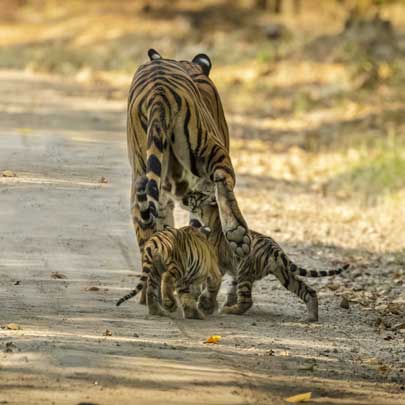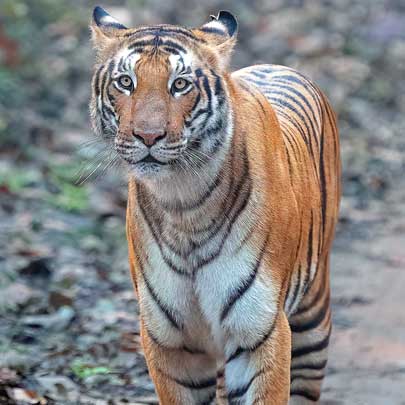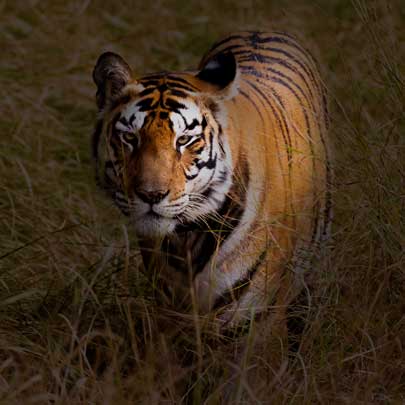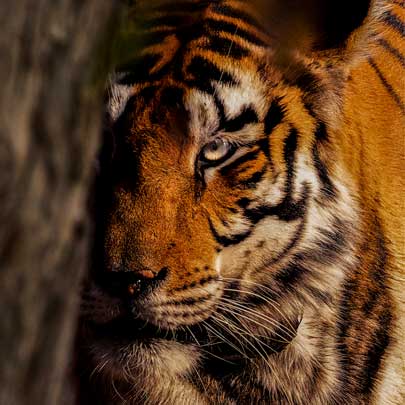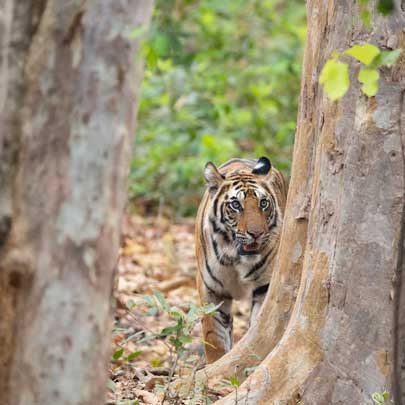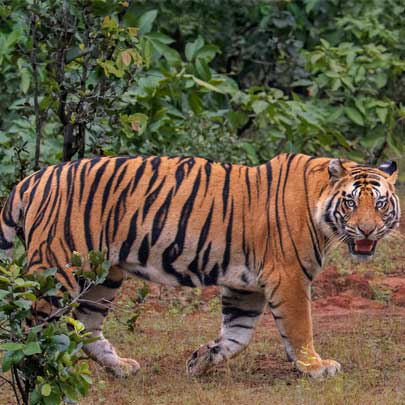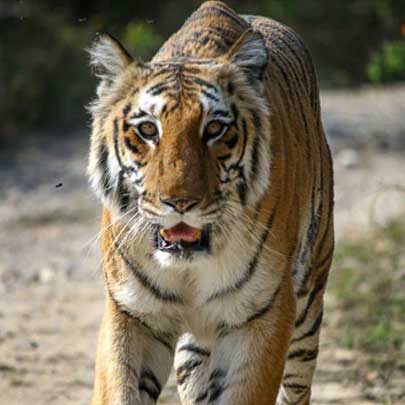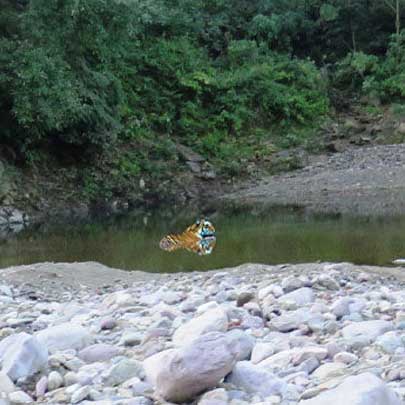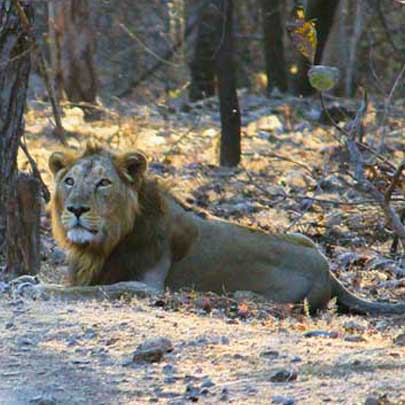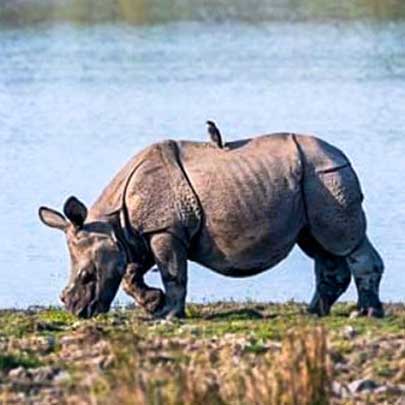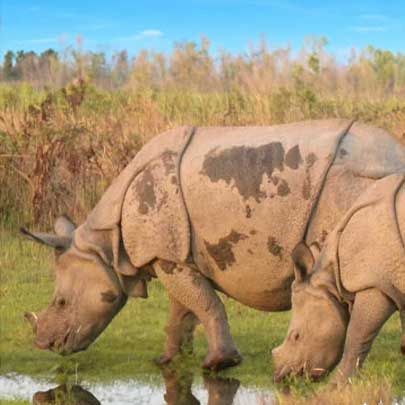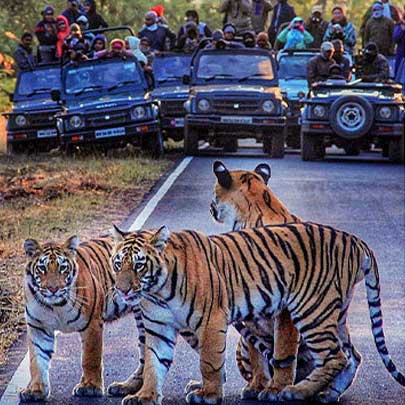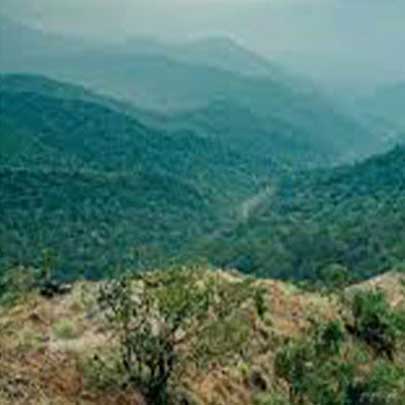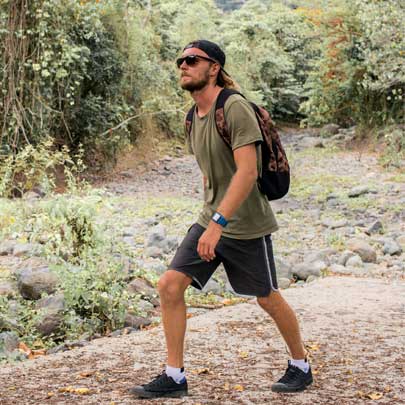Impact of COVID News on Tourism in India: A 2025 Perspective
Impact of COVID News on Tourism in
India: A 2025 Perspective
In the ever-evolving landscape of global travel, few events have reshaped tourism like the COVID-19 pandemic. Although the worst seems to be behind us, recent COVID news in India continues to influence how people travel, plan vacations, and interact with the tourism sector. With India being a top travel destination for both domestic and international tourists, even minor fluctuations in COVID case numbers have ripple effects on the industry.
In this blog, we explore how recent COVID developments are shaping tourism in India in 2025, covering domestic and international impacts, travel behavior shifts, industry responses, and what lies ahead.
🦠 COVID-19 in India: A Quick Recap

India faced multiple waves of COVID-19 from 2020 to 2022, severely impacting the tourism economy. After widespread lockdowns, border closures, and a near-complete shutdown of the hospitality sector, the recovery began in late 2022 with the help of vaccination drives and safety protocols.
By 2024, tourism had largely rebounded. However, in 2025, sporadic COVID cases and variant-related news have once again raised concerns—albeit on a smaller scale. Though there are no nationwide lockdowns, even a slight rise in COVID numbers can affect traveler confidence.
🧳 How Recent COVID News Impacts Tourism in India
1. Travel Sentiment and Consumer Behavior
With each news cycle reporting rising COVID cases in certain regions of India, traveler sentiment becomes cautious. Here's how:
-
Last-minute cancellations: Tourists are more likely to cancel or reschedule trips when they hear of a local outbreak, even if it's limited.
-
Preference for safer destinations: Travelers tend to avoid crowded cities like Mumbai or Delhi during case surges and prefer rural or nature-based destinations.
-
Increased health inquiries: Tourists now actively check for hospital availability, local COVID case data, and safety measures before finalizing their plans.
2. Domestic Tourism: A Mixed Impact
India’s domestic tourism saw a resurgence post-pandemic, as international travel remained restricted in early 2023. In 2025, despite occasional COVID news, domestic travel continues, though not without fluctuations.
📉 Short-Term Impacts:
-
Reduced footfall at major tourist spots during news spikes.
-
Hesitancy among elderly travelers or families with young children.
-
Lower attendance at festivals, events, and weddings in tourist destinations like Jaipur, Varanasi, and Goa.
📈 Long-Term Resilience:
-
Tier-2 and Tier-3 cities are emerging as new tourism hubs.
-
Eco-tourism and offbeat travel are gaining popularity as travelers seek less crowded and more nature-connected experiences.
-
Staycations and short road trips remain popular, especially among working professionals.
3. Spotlight: Wildlense Wild Retreat – A Model of Safe, Sustainable, and Wellness-Focused Tourism

One prime example of how tourism is adapting to the post-COVID era is Wildlense Wild Retreat, a nature-based resort that has become increasingly popular among eco-conscious and safety-focused travelers.
Located near Pilibhit Tiger Reserve in Uttar Pradesh, Wildlense Wild Retreat offers a tranquil, immersive wildlife experience while following strict COVID safety protocols, including:
-
Contactless check-ins and digital payments
-
Sanitized accommodations and nature-based distancing
-
Small-group safaris and guided treks with vaccinated staff
Beyond its eco-tourism appeal, Wildlense Wild Retreat also offers a greater focus on wellness tourism, Ayurveda, yoga retreats, and nature healing—offering both physical and mental rejuvenation. As modern travelers seek not just escape but holistic recovery, this retreat provides a meaningful connection with nature while promoting overall well-being.
It has emerged as a preferred destination during times of COVID uncertainty, allowing guests to experience safety, serenity, and sustainability in one unique setting.
4. International Tourism: Confidence with Caution
India reopened international travel in a phased manner, and inbound tourism has picked up steadily. However, recent COVID headlines still affect:
-
Tour bookings from Europe, North America, and Southeast Asia.
-
Visa processing delays in response to foreign governments tightening health screening.
-
Travel insurance purchases have increased, with tourists now looking for policies that cover COVID-related cancellations.
Tourists now pay close attention to local Indian COVID trends, quarantine policies, and vaccination requirements. Some embassies temporarily revise their India travel advisories, which can impact last-minute bookings.
5. Tourism Businesses and Industry Response
Tour operators, hotels, and transport services have become more adaptive and resilient. The recent COVID developments have triggered:
-
Flexible booking policies with no-fee cancellations and rescheduling.
-
Increased investment in hygiene protocols, touchless check-ins, and air purification systems.
-
Renewed training of hospitality staff on COVID safety protocols and guest communication.
The Indian tourism industry is also focusing on:
-
Promoting regional and cultural tourism in less-explored states like Chhattisgarh, Odisha, and the Northeast.
-
Encouraging digital and virtual tours for those hesitant to travel physically.
-
Collaborating with state governments to create ‘Safe Tourism Zones’, monitored for hygiene and health standards.
6. Government Initiatives and Safety Measures
The Indian government has implemented several measures to manage tourism amid fluctuating COVID numbers:
-
Real-time travel advisories via platforms like the Aarogya Setu and CoWIN app.
-
Airport testing booths and temperature checks at major travel hubs.
-
Booster vaccine campaigns aimed at hospitality and tourism workers.
-
State-specific guidelines like mask mandates in public transport or mandatory health declarations for hotel check-ins.
These initiatives help rebuild traveler trust and ensure that India remains open and safe for tourism.
🌍 Popular Destinations and How They’re Affected
🌊 Goa
-
Experiences brief slowdowns during COVID news spikes, especially among international tourists.
-
Resorts now offer "COVID-safe" certifications and private villas for social distancing.
🏔️ Himachal Pradesh & Uttarakhand
-
Remote locations and mountain towns remain popular but face overcrowding risks.
-
State authorities sometimes impose visitor caps or restrict entry to vaccinated tourists during local outbreaks.
🕌 Rajasthan
-
Cities like Jaipur, Udaipur, and Jodhpur rely heavily on international tourism.
-
Palace hotels and heritage tours are adopting stricter hygiene protocols and smaller group sizes.
🔮 The Future of Tourism in India Post-COVID
Tourism in India is not regressing—it is transforming. The ongoing COVID news serves as a reminder of the new normal:
-
Travelers demand safety, flexibility, and transparency.
-
The industry is leaning towards tech-enabled experiences, such as contactless bookings, virtual tours, and mobile-first services.
-
There's a greater focus on wellness tourism, Ayurveda, yoga retreats, and nature healing—offering both physical and mental rejuvenation.
While COVID headlines may cause short-term nervousness, the long-term trend is clearly optimistic. India's vast geography, cultural richness, and increasing digital readiness make it well-positioned for a strong tourism rebound.
✅ Conclusion: Adapting to a New Normal in Indian Tourism
The impact of recent COVID news on tourism in India is a blend of short-lived caution and long-term adaptation. While case spikes can lead to brief travel hesitations, the overall structure of India’s tourism ecosystem is now built to withstand these shocks. As the country continues to fine-tune its response, both domestic and international travelers can look forward to exploring India—safely, confidently, and meaningfully.
Whether you're planning a heritage tour, a nature escape, or a spiritual retreat, India remains open for tourism in 2025—with a few smart precautions and plenty of unforgettable experiences. For those seeking a truly peaceful and responsible travel option, places like Wildlense Wild Retreat stand out as beacons of what post-COVID tourism can look like—safe, serene, and sustainable.

























